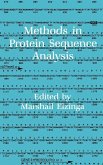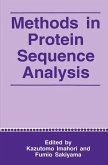Esterases and lipases are widely used as industrial enzymes. The industrial demand for both increased constantly over the last 20 years. In 2000 the market value of lipoyltic enzymes was US $ 90 millions which represent around 7% of the whole enzymes market value. They are used in various commercial applications such as therapeutic, diagnostic and analytical reagents and as catalysts in different industries e.g. dairy, paper, cosmetics, synthesis of chiral drugs etc. The demand for esterases and lipases for industrial applications is increasing; therefore we need to find new enzymes with interesting catalytic properties. Because of their rich secondary metabolism, Streptomyces species offer a relatively untapped source of interesting esterases and lipases. In this book we show how we can use the information obtained from genome projects to search for enzymes of novel activity, which can act as a good candidate for industrial applications.








